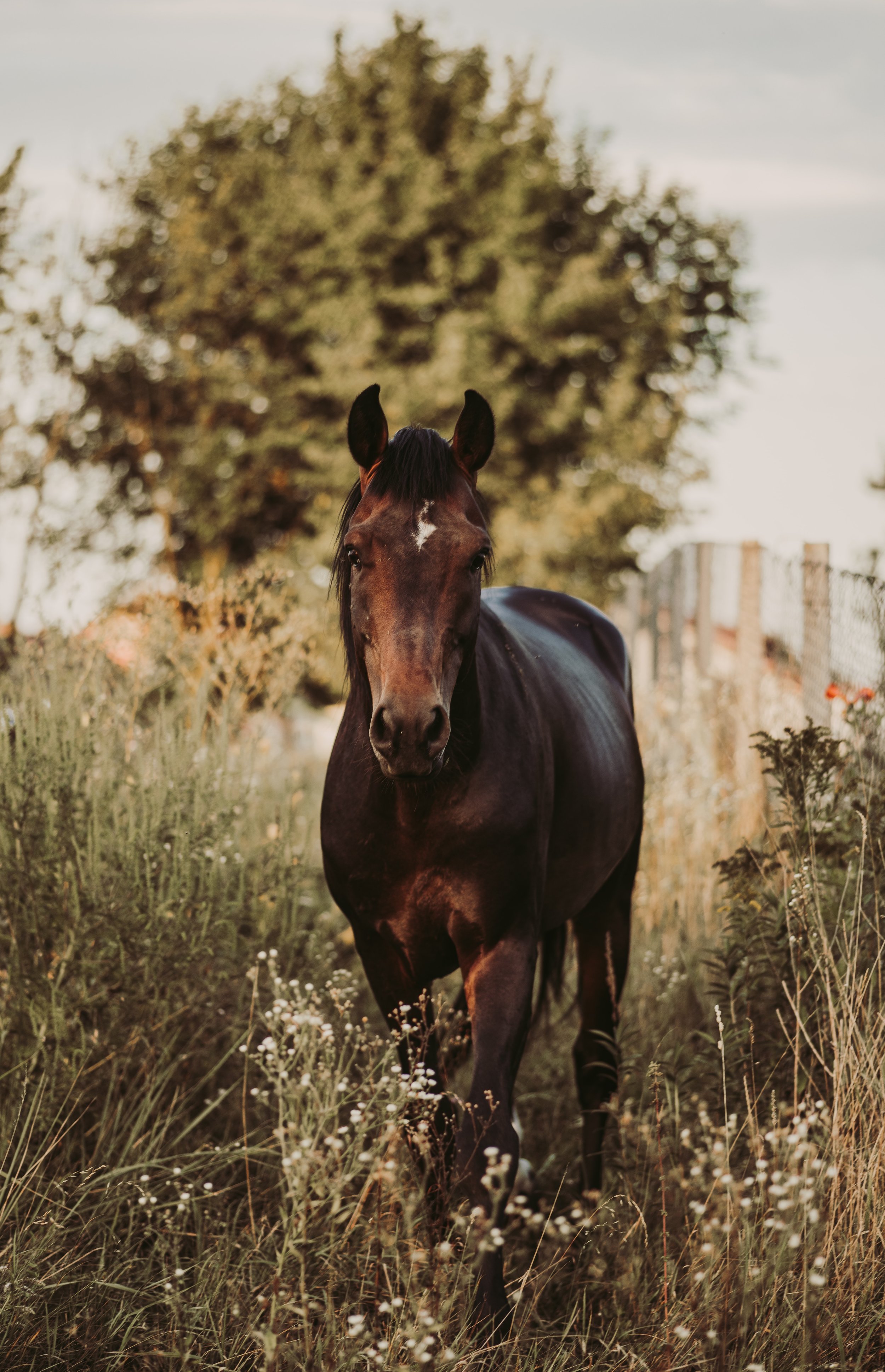Animal-Assisted Therapy
Animal-assisted therapy, also called pet therapy, refers to animals helping people with specific physical or mental health conditions. Animals can provide comfort and alleviate symptoms of various conditions. The “human-animal bond” is a powerful and mutually beneficial relationship between people and animals, this bond has an enormous impact on the well being of both through emotional, psychological, and physical interactions.
Animal Therapy on The Farm
For Mental Health:
Simply petting an animal promotes the release of serotonin, prolactin and oxytocin - all hormones that can play a role in elevating mood.
Lowers anxiety
Provides comfort
Reduces loneliness
Increases mental stimulation: can assist in recalling memories
Can be an “escape” or happy distraction
May be a catalyst in therapeutic processes
Human-Animal Bond
According to the Human Animal Bond Research Institute (HABRI), the human-animal bond is “a mutually beneficial and dynamic relationship between people and animals that is influenced by behaviors that are essential to the health and well-being of both.”
Animals have been used in therapeutic environments in areas such as psychology, physical development, and physiology as far back as the 19th Century, where animals assisted the blind.
Animal interaction has also been associated with a decrease in blood pressure, increase in exercise, and improved mood.
Equine-Assisted Therapy
Equine therapy, also known as Equine-Assisted Therapy (EAT), is a treatment that includes equine activities and/or an equine environment in order to promote physical, occupational, and emotional growth in persons suffering from ADD, Anxiety, Autism, Cerebral Palsy, Dementia, Depression, Developmental Delay, Genetic Syndromes (such as Down Syndrome), traumatic brain injuries, behavioral issues, abuse issues, and many other mental health problems.
Equine Therapy can help the individual build confidence, self- efficiency, communication, trust, perspective, social skills, impulse control, and learn boundaries.




